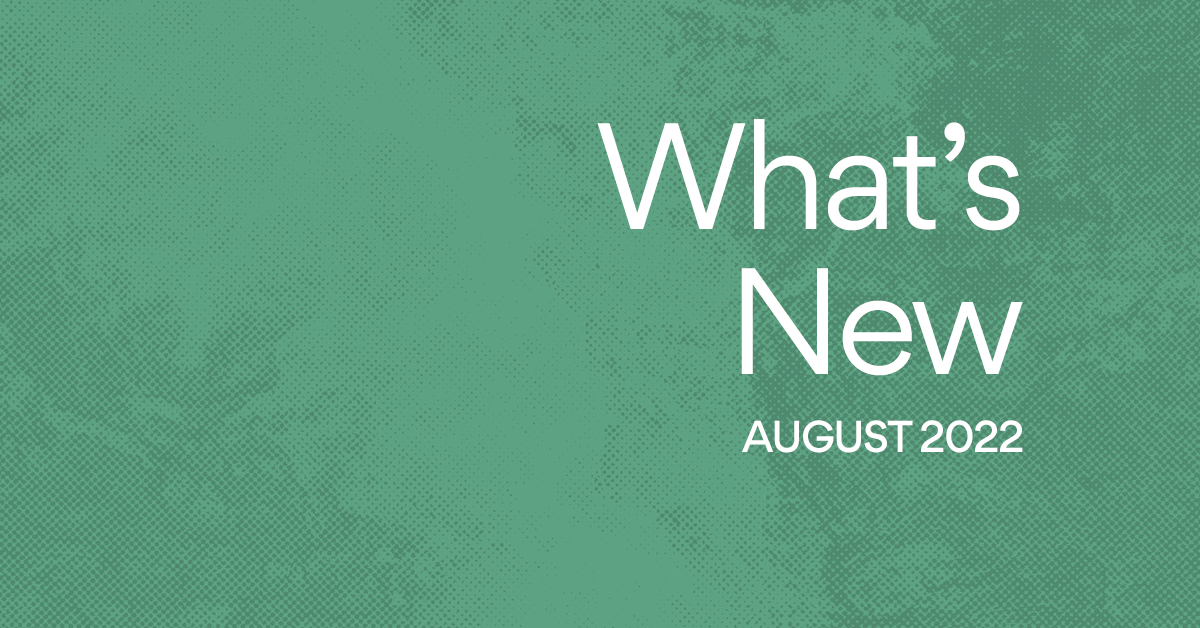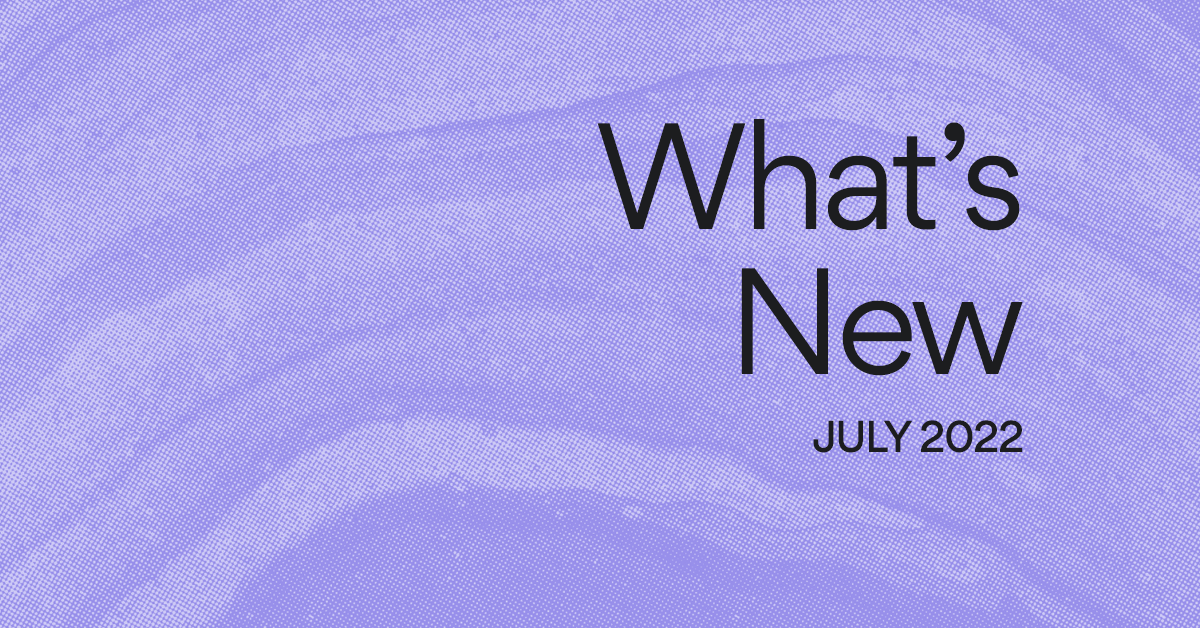Asana tips: should you create a task or project?

Teams can track anything with Asana, but taking the first step to decide how your team should track your work can be challenging. You might wonder: when should I use a task and when should I use a project? While there’s not necessarily a “right way” to use Asana, there are some general tips to follow so you can get it right from the start.
Tasks and projects: the basics
A task is the basic unit of work in Asana. Tasks can represent action items for you or a teammate to complete, one-off to-dos, repeated steps in a process, or they can even be used to store information. Creating a task is simple—you can do it in My Tasks, or with the Quick Add button.
Projects are an organized list of tasks. In an organization, projects are stored in teams. Projects help you plan goals, and are great places for your team to communicate about and visualize progress towards a goal. You can quickly create a project by clicking the + button in the sidebar, or by using Quick Add.
As you track more work and map out new workflows in Asana, you’ll create many tasks and projects. To help you stay organized, here’s some guidance on how to decide between using a task or a project.
How to choose between tasks and projects
Does your work involve other teammates?
You can use Asana to track any kind of work, from your own small to-dos to all of your team’s work. But work that only pertains to you is best suited for a task. For example: submitting your expense report or reading a research article about your industry. For these kinds of tasks, add them from My Tasks, so you can track them alongside all the other work that is assigned to you.
If a task involves other teammates, you’ll probably want to add it to a project. (Go to the project and press enter to add your task.) If there isn’t a project for this work, then create one and have your teammates add their relevant work to it as well.
If the work is relevant to multiple projects or teams, you can store the task in multiple projects. For example: a social media post about an event your company is attending could be in a social publishing calendar project as well as in an event planning project.
A few steps versus entire workflows
As you start building out a task, you might realize that there are more pieces to it than you thought. If you have more than 5–10 subtasks, or subtasks within subtasks, consider using a project instead. If you’ve already created a task for the work, you can easily convert it to a project.
If you know you’re building out an entire workflow, you should start with a project, and can use sections or custom fields to categorize tasks or show work stages. It’s easier to see work moving through stages and measure progress when it’s in a project (especially because you can also add it to My Dashboard). But if your project has fewer than five tasks or stakeholders, try it out as a task.
Visualizing work
There are many ways to see your work in Asana. If you need to see all tasks assigned to you, go to My Tasks. For tasks or conversations related by certain criteria, you can do a simple search (instead of creating a project for them). Familiarize yourself with different views to ensure you’re seeing your work in the way that makes the most sense for you.
Projects provide several different ways to view work within them, including a calendar, progress chart, and a view of all the files in the project. If you know you’ll need these types of views, start with a project.
Some examples to guide you
The main difference between tasks and projects is their scale and scope. Below are a few examples to demonstrate the difference and how they relate to one another to track your work.
A piece of content versus editorial calendar
Managing your editorial calendar in Asana is a great way to visualize your publishing schedule and keep your content on track. By creating an editorial calendar project, you can have a calendar view and use custom fields to indicate the status of each piece as it moves down the pipeline. You can then create a new task for each piece of content to track its author, due date, status, and any subtasks.
A discussion topic versus a meeting agenda
Running your meetings in Asana keeps the agenda clear and makes action items easy to track. Create a meeting agenda project with sections to keep organized and track discussion topics, ideas, follow-up work as tasks. Because you can store tasks in multiple projects, it’s easy to talk about existing work from other projects by adding it to your meeting agenda project too.
You can also use the meeting agenda project to have conversations in between meetings, and conversations on tasks can focus on the specific work itself.
Individual launches versus launch roadmap
For each individual launch, you can create a task within the product launch project. That way, teams can get an overall view of all launches, while seeing all the individual efforts within each launch.
You can create a new project for larger launches, but it’s useful to still keep a tracking task that’s stored in the general product launch roadmap.
Setting team conventions
Because Asana is flexible enough for any team, you can decide what works best for yours—and that might look different than what we’ve outlined here, or what other organizations do. It’s important that everybody on your team or in your organization follows the same set of conventions around creating tasks and projects. Here are a few considerations to help in your creation process:
- Which work will always be tracked in Asana and where?
- How do you name projects and tasks?
- Does certain work always get tracked as a task or project?
- Will your team create your own “template” projects and tasks, that you can copy for recurring workflows?
Asana is flexible enough to organize you and your team’s work however you need, especially once you establish norms and get a feel for what works best. You can always make changes along the way. Once you’re up and running, you can spend time on getting work done, instead of trying to track it down in the first place.

